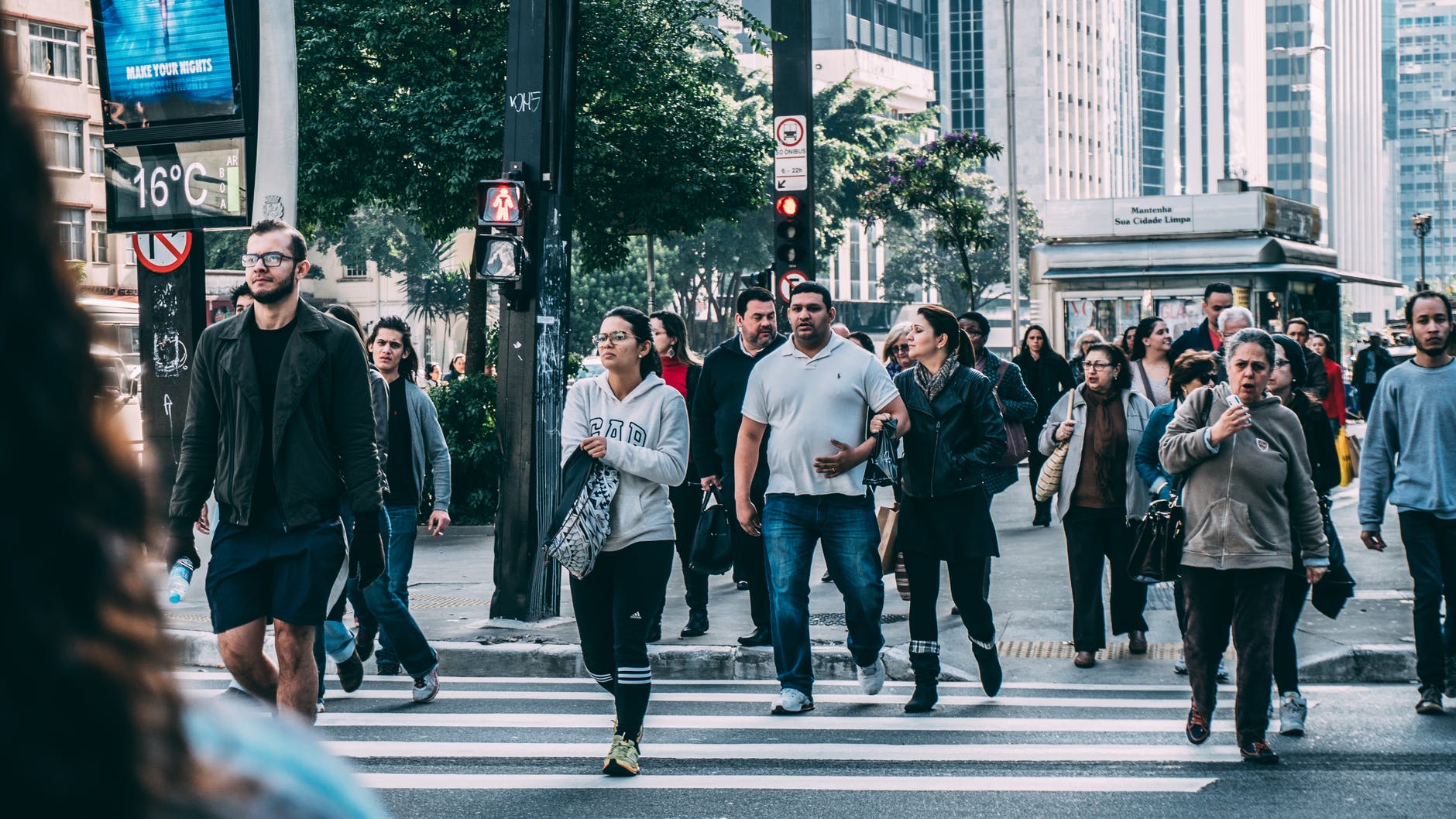
MONTREAL — Experts on Wednesday urged Canadians not to get discouraged if the number of COVID-19 cases continues to rise rapidly in the coming days, despite the drastic measures taken by society to slow the spread.
Dr. Matthew Oughton, an infectious disease specialist at Montreal’s Jewish General Hospital said that, because it takes five to seven days for people to show symptoms of the illness, plus more time for testing, it will take about two weeks for so-called “social distancing” efforts to have any significant impact.
“The number of confirmed cases … we’re seeing now is really telling us about transmission events that occurred two weeks ago,” said Oughton, who is also an assistant professor of medicine at McGill University.
“That also means anything we can do to interrupt transmission events are only going to be reflected in those official numbers in about two weeks.”
Across Canada, the numbers of COVID-19 cases have been surging in recent days. As of Wednesday afternoon, there were nearly 650 confirmed and presumptive cases across the country — almost 100 more than had been reported less than 12 hours earlier.
This is in line with how a pandemic behaves, Oughton said, although it can seem alarming to Canadians who aren’t used to such numbers.
“Most people when it comes to disasters, are familiar with something like Mount St. Helens erupting: it’s a sudden event that happens at once and then afterwards, we sort of literally sweep up the debris and deal with the aftermath,” he said.
“A pandemic is different: the numbers start small but increase exponentially.”
Since strict measures only began late last week, Oughton said Canadians should not be alarmed or disheartened if the number of new cases continues to rise rapidly over the next 10 days or so.
Some of the jump is also due to the provinces’ increased capacity to test for COVID-19, points out Jesse Papenburg, a pediatric infectious disease specialist at the McGill University Health Centre in Montreal.
Dr. Isaac Bogoch, a physician and scientist at the University of Toronto, agrees with both.
He said because of the way COVID-19 multiplies, it’s important to act as quickly as possible to bring in measures such as closing schools, eliminating travel and asking people to stay home.
“This is when we can do the most good to ensure the least number of people get this infection,” he said.
“This is the most important time right now.”
He applauds the moves taken by provincial and federal governments to limit interaction in an effort to “flatten the curve,” or slow the pace of transmission in the hopes of not overwhelming the health system.
Those have included closing schools and daycares, shuttering bars and recreational facilities, cancelling major sporting events, cutting off vulnerable seniors and hospital patients from outside visits, and requesting people work from home.
The bad news for Canadians is it’s impossible to know how long the restrictive measures will last. All three experts said it could be several weeks or months, depending on how the virus behaves and how fully society embraces the measures to contain it.
There are many things experts still don’t know, such as whether transmission will slow with warmer weather, how long the virus lives on inanimate objects, how easily it can be spread by asymptomatic individuals, and the level of immunity that previously infected people will have, Papenburg pointed out.
Canada’s top public health doctor warned Wednesday that even the back side of the curve could be a bumpy one. Dr. Theresa Tam said Canadians need to be prepared for more than one wave of the novel coronavirus, since it’s not known whether it will fade and resurge as seasons pass.
Oughton noted that any easing of the restrictions will be a “delicate balancing act,” because doing so too quickly could lead to subsequent waves of infections.
On the other hand, he acknowledges that extreme measures are difficult to sustain.
“Is it reasonable to expect people to socially distance themselves for months and months? We simply don’t know,” he said.
“It’s common sense to say it’s very hard because it’s very much against how we’re used to conducting our lives.”
But both he and Bogoch say the success of countries like China, South Korea and Japan in reducing new infections should give Canadians hope that COVID-19 can be contained with proper action.
While none of those countries have completely removed restrictions, life is slowly returning to normal thanks to a combination of widespread testing and social distancing, Bogoch said.
“People are going back to work, and life is slowly going back to normal in some places that were hit pretty hard with this,” he said.
He said it’s also important to remember that most people diagnosed with COVID-19 don’t get seriously ill, and are able to recover at home without hospitalization.